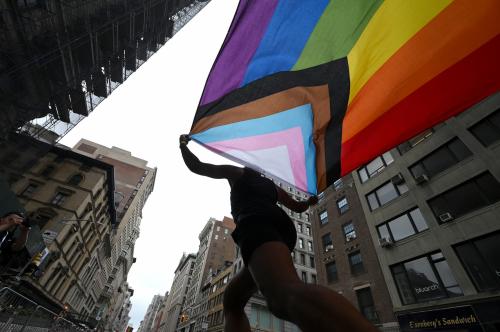

11:00 am EDT - 12:00 pm EDT
Past Event
As COVID-19 continues to spread throughout the U.S., K-12 schools are preparing to reopen with inconsistent guidance from federal and state authorities. Not only has remote learning exacerbated existing inequities in the public education system, it has created new ones. The federal government has urged the reopening of schools but the decision of how and when lies with state and local communities. The priority remains to consider students’ physical health and wellbeing while also educating them during the pandemic. Since the abrupt closing of schools in March 2020, education experts have worked to address the learning loss that occurred as a result, especially among students in disadvantaged communities.
On August 17, the Brown Center on Education Policy at Brookings hosted a webinar exploring the challenges schools face as they head back to school amidst the COVID-19 pandemic. Director Michael Hansen led the discussion with three panelists.
As schools plan their reopening, many districts are bouncing between in-person instruction, a hybrid model, or remote-only learning. Aaron Spence, Superintendent of Virginia Beach City Public Schools, for instance, noted that his district is utilizing metrics to guide reopening decisions. By tracking the number of daily cases of COVID-19 and adjusting for population, they designate areas of the city as green, yellow, or red zones to indicate schools’ instruction strategy during the pandemic. According to Spence, these metrics were developed in consultation with local physicians and health authorities. However, they are not provided to school districts consistently, motivating districts across the state and country to build their own reopening strategies and thresholds.
Parameters for reopening are not the only inconsistency among districts. Robin Lake, director of the Center for Reinventing Public Education (CRPE) in Seattle, Washington, notes that most urban districts will be fully remote in the fall. In contrast, many rural areas plan to continue in-person instruction, a reaction which contributed to the rapidly changing health conditions in those communities. Moreover, while school districts face mounting pressure from state officials regarding health practices while reopening, educators are now having to quickly prepare for the scenario they were most hoping to avoid – another term of fully remote instruction.
Based on students’ legal claims to public education, Kimberly Robinson, the Elizabeth D. and Richard A. Merrill Professor of Law at the University of Virginia, says the disparities in public education among states is due to the lack of a federal policy guaranteeing students the right to receive an education. Robinson notes, “Before the pandemic began, states’ rights have consistently allowed substantial disparities in educational opportunity along the lines of class and, oftentimes, along the lines of race. What we saw in the spring is a widening of that gap.” Today, the tolerance for these variations has contributed to a lack of uniformity in response to school reopening. Outside of students eligible for services through special education, current federal laws provide neither a guarantee to any specific type of education nor a means to remedy this issue.
As school districts consider the multiple dimensions of reopening, prioritizing disadvantaged groups plays a significant role in decision-making. Many states are working to bring children with disabilities or English learners back into the classroom. Spring instruction influenced much of this consideration as district leaders hope to manage students’ access to the internet, food insecurity, and mental health challenges. Lake adds that the public education system is designed for the student body, rather than for individual student needs. According to Robinson, these new circumstances have forced school leaders to fix a broken system and personalize their approach. Meanwhile, Spence says his district is working on smaller class sizes, tutoring, and providing meals in order to close as many gaps as possible.
Moderator
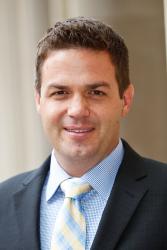
Panelist
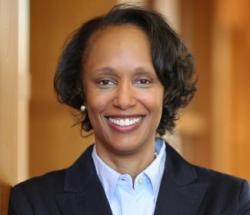

Jonathan Rauch
September 6, 2024
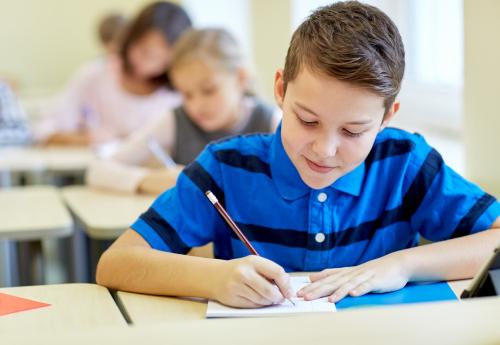
Jon Valant
September 5, 2024
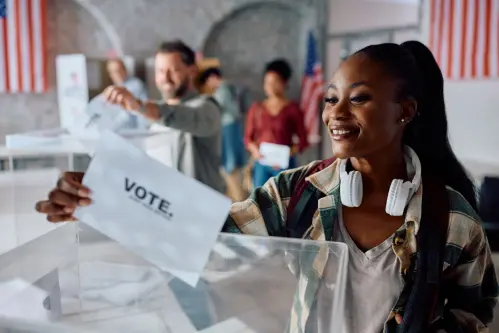
Zachary Billot, Annie Vong, Nicole Dias Del Valle, Emily Markovich Morris
August 26, 2024